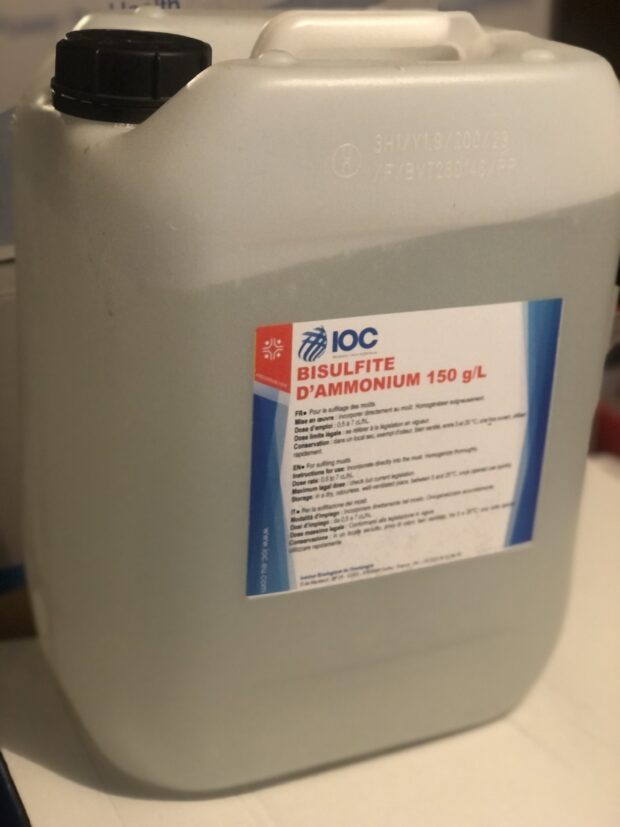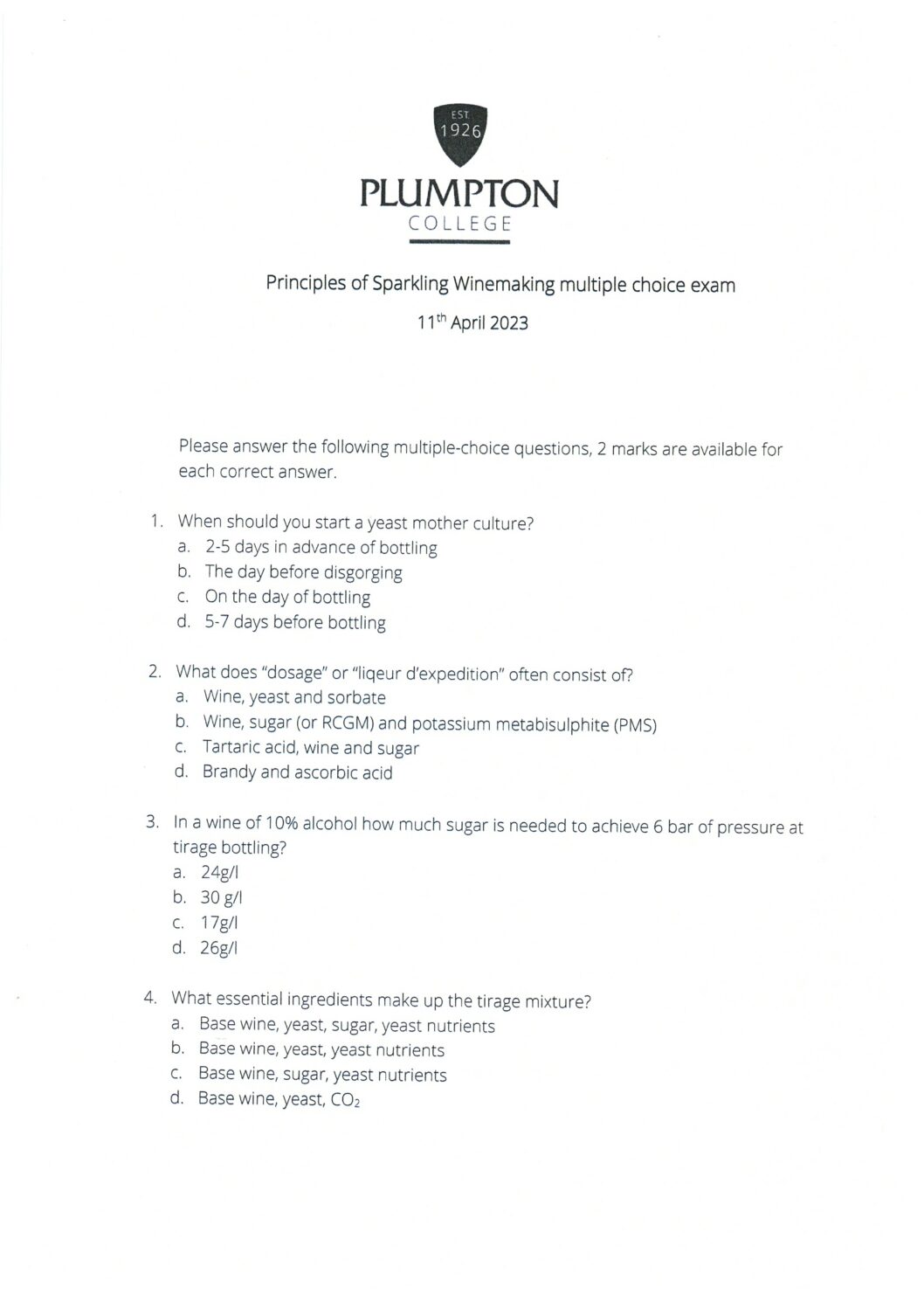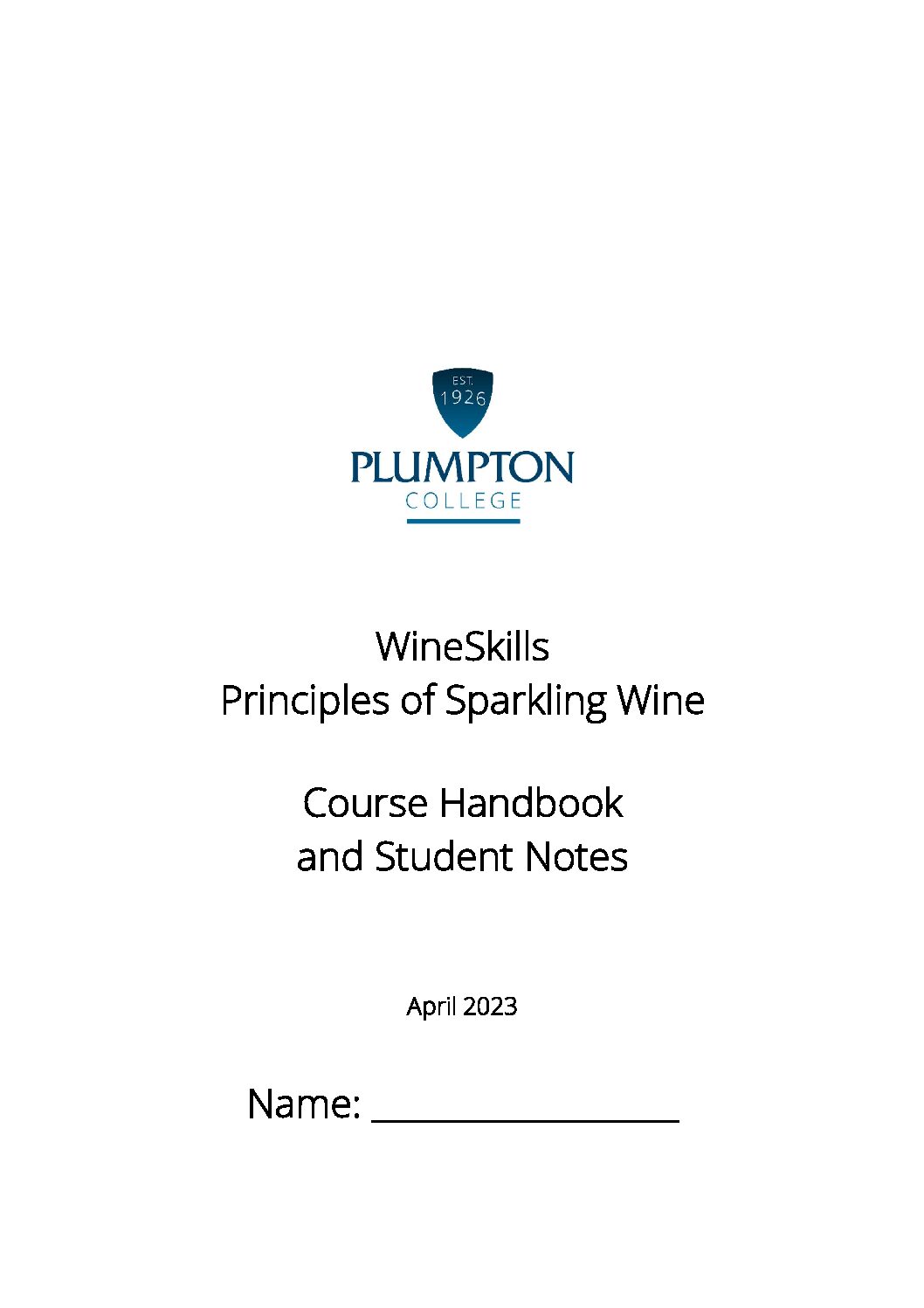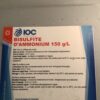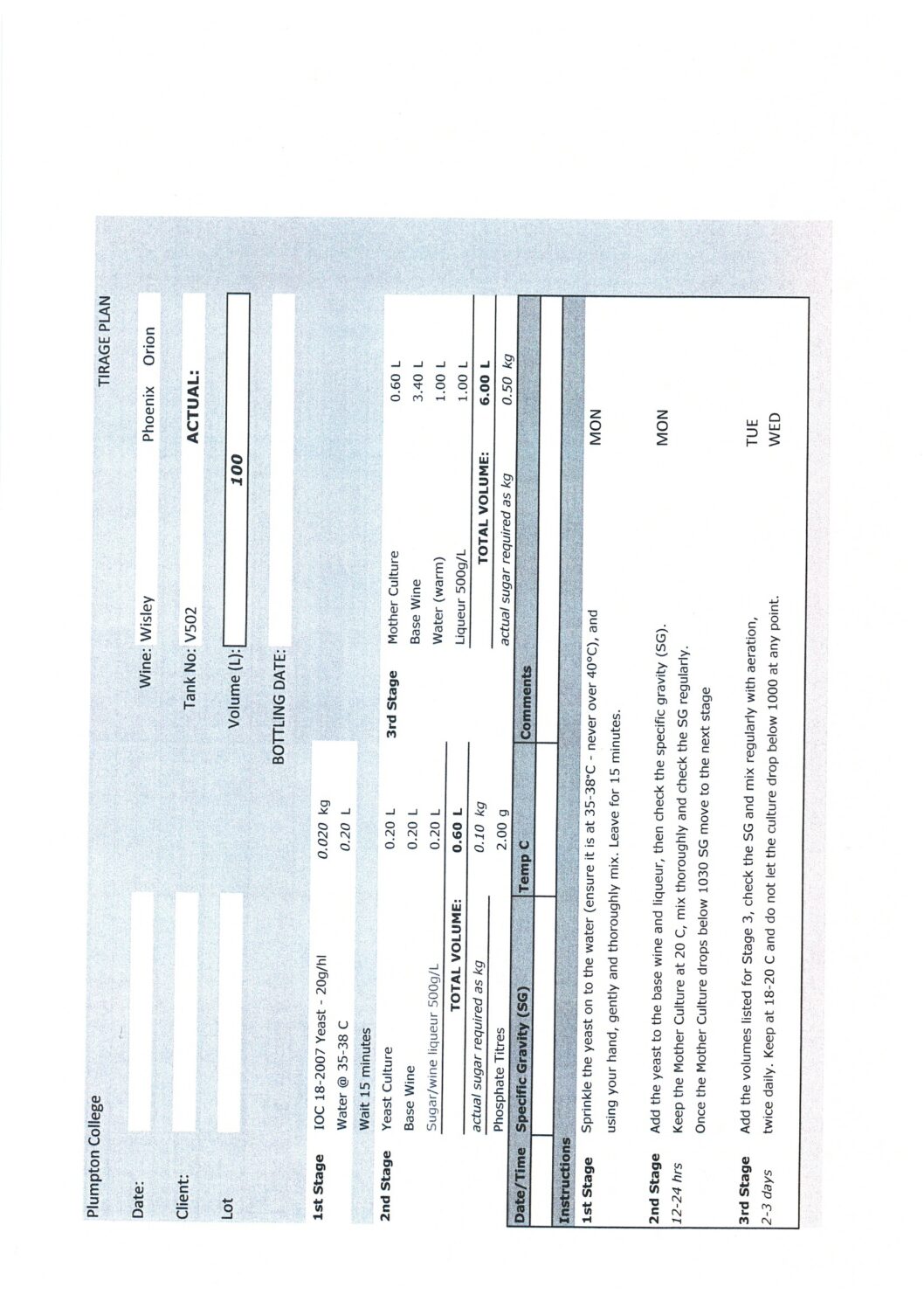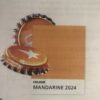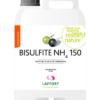Ammoniumbisulfit (NH4HSO3) – 10 L – konserveringsmiddel og antioxidant – (IOC, Epernay, Frankrig)
1.250,00 DKK
In StockDet er både uprofessionelt og ukorrekt af bruge Kalium-meta-bi-sulfit (KMS) eller andre former for Kaliumsulfit til konservering af færdige vine og for så vidt også uhensigtsmæssig at bruge KMS ved forebyggelse af oxidation af most og under fermentering. Årsagen er at tilførte Kalium-ioner jo medfører nydannelse af vinsten i flaskerne efter tapning (kun druevine med vinsyre) , da udfældningen af vinsten er en langsommelig proces.
Derfor anbefaler Pumpton College i Brighton, Comittee Interprofessionel du Vin de Champagne (CIVC) at bruge Ammoniumbisulfit, som fås i en lang række forskellige koncentrationer i vandig opløsning, klar til direkte tilsætning.
VinoSigns lagerfører IOC’s Ammoniumbisulfit 150g/L SO2 i 10 L dunke til producenter, men også mindre portionen aliqouteret i mindre plastflaske på 100 mL, 500mL og 1 L
Opløsningen – klar til brug – indeholder 150 g/L total SO2 og 40 g/L total NH3
DATABLAD for IOCs Ammoniumbisulfit 150 g/L ses her: FT BISULFITE D AMMONIUM 150 (EN)
Dosering ved brug af “AmmoniumBisulfit 150”:
1 L pr. 1000 L Vin (1000x fortyndet) svarer til 150 mg/L total SO2 (TSO2)
100 mL pr. 100 L Vin (1000x fortyndet) svarer til 150 mg/L total SO2 (TSO2)
500 mL pr. 1000 L Vin (2000x fortyndet) svarer til 75 mg/L total SO2 (TSO2)
50 ml pr. 100 L Vin (2000x fortyndet) svare til 75 mg/L total SO2 (TSO2)
250 ml pr. 1000 L (4000x fortyndet) svarer til 37,5 mg/L total SO2 (TSO2)
25 ml pr. 100 L Vin (4000x fortyndet) svarer til 37,mg/L total SO2 (TSO2)
100 ml pr 1000 L (10.000x fortyndet) svarer til 15 mg/L total SO2 (TSO2)
10 mL pr. 100 L (10.000x fortyndet) svarer til 15 mg/L total SO2 (TSO2)
Plumpton forskrift for anvendelse af Ammoniumbisulfit kan findes her: PLUMPTON 2023 Student notes – Principles of Sparkling Wine[63]
Plumpton Protocols 2023
Beskrivelse
Datasheet her: FT BISULFITE D AMMONIUM 150 (EN)
AMMONIUM BISULFITE 150 g/L
SULFUROUS PRODUCTS
Maximum legal dose: conform to the current legislation.
OENOLOGICAL APPLICATIONS
AMMONIUM BISULFITE A 150 g/L may be used:
During the harvest:
• On must: In the must collecting tank to prevent oxidase taint and any microbial contamination.
• On red wines: When vatting or whilst pressing, to extract and stabilise colouring matter.
AMMONIUM BISULFITE A 150 g/L has the following properties:
• It is a selection factor for yeast since it limits the growth of undesirable yeasts.
• With its antioxidant action, it plays a role in the prevention of oxidase taint, contamination (flat taste) and Maderisation.
• It helps extract colour by encouraging the breakdown of the anthocyanins contained in the grape skins. • It helps stabilise colour with red wines.
INSTRUCTIONS FOR USE
Homogenize properly after addition in wine or must.
Avoid contact with metallic items (iron, copper or aluminium).
DOSE RATE
• Up to 7 cL/hL depending on winemaking conditions.
PACKAGING AND STORAGE
• 1 L, 5 L, 10 L and 10hL cans.
Store in a dry, well-ventilated, odour-free room at a temperature of 5-25°C. Once dissolved, the preparation must be used quickly.
Læs mere om brug af Ammoniumbisulfit her:
Sulphurous solution, stable and odourless, intended for sulphiting of must, without addition of potassium but providing a source of nitrogen.
Sulphiting agent in a concentrated solution (63% ammonium bisulphite), which can produce sulphur dioxide without enriching the medium with potassium. Specific for the initial fermentation phases.
Ammonium bisulphite solution free from cation minerals that could be detrimental to the stability of wines. Its easy to use solution state facilitates its application in fermentation, especially if used in automatic in-line dosing systems.

